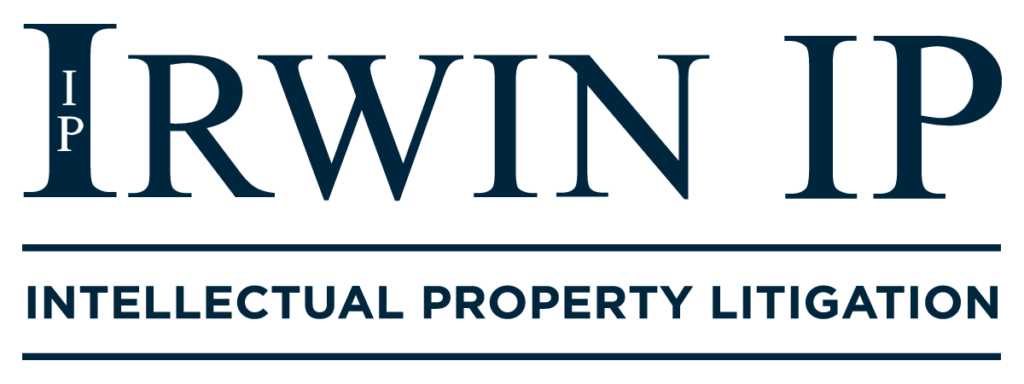In a case informative about appellate practice, the Court of Appeals for the Federal Circuit (“CAFC”) overturned-in-part the Patent Office’s conclusions that a communication system was not obvious. The CAFC found one claim obvious because a similar claim was found obvious, even though that argument had not been asserted by the challenger in its institution petition, and another claim obvious based on statements made by the patentee during oral argument. The CAFC upheld non-obviousness determinations for other claims where the issue of estoppel was not specifically raised.
Google appealed final written decisions from inter partes review (“IPR”) of six claims. In the IPR, the Patent Office concluded that these six claims were not obvious. Challenging this result, Google appealed on the grounds that one of the dependent claims (“the contested claim”) was obvious based on a final written decision that found a similar claim in a related patent obvious. The CAFC agreed that the patentee was collaterally estopped from challenging that finding, even though Google did not raise the issue when IPR proceedings started. As the decision on the related patent was not available at the time Google filed its initial petition for IPR, the CAFC explained that Google was not barred from arguing it on appeal. The parties also disputed whether the same “issue” was decided on the related patent to provide a preclusive effect. The CAFC agreed with Google that the patent language need not be identical for the issue to be the same. Therefore, collateral estoppel applied.
The CAFC then went a step further. During oral argument, the parties agreed that the independent claim from which the contested claim depended would be obvious if the contested claim was found obvious. Although the prior art used as the basis for invalidating the dependent claim was never asserted against the independent claim, the CAFC relied upon this agreement by the patentee during oral argument.
In another twist, there were four other invalid claims in the related patent that paralleled the other four claims at issue in the appeal. However, the CAFC refused to do find these claims unpatentable based on collateral estoppel as the same prior art was never asserted against these claims, Google failed to raise any collateral estoppel arguments for these claims, and significantly, there was no express admission by Hammond during oral argument that if the contested claim is invalid, then so too are these other dependent claims.
This case emphasizes the importance of carefully considering the grounds raised and arguments made during an appeal. Also, while an IPR is constrained by the petition grounds, the CAFC may be willing to permit additional grounds that did not exist at the time of the petition.
